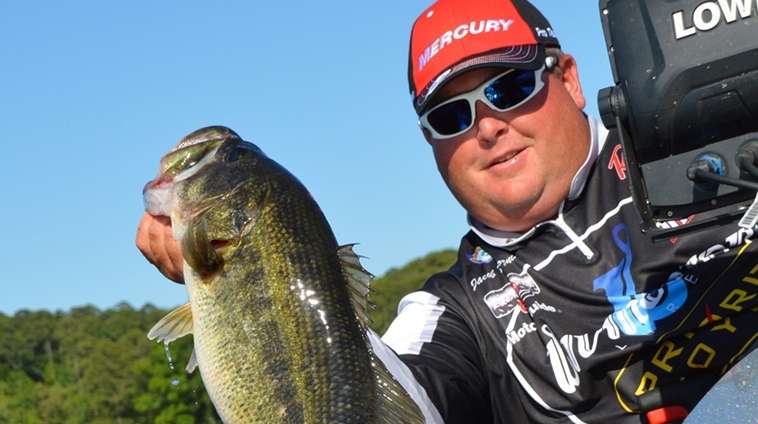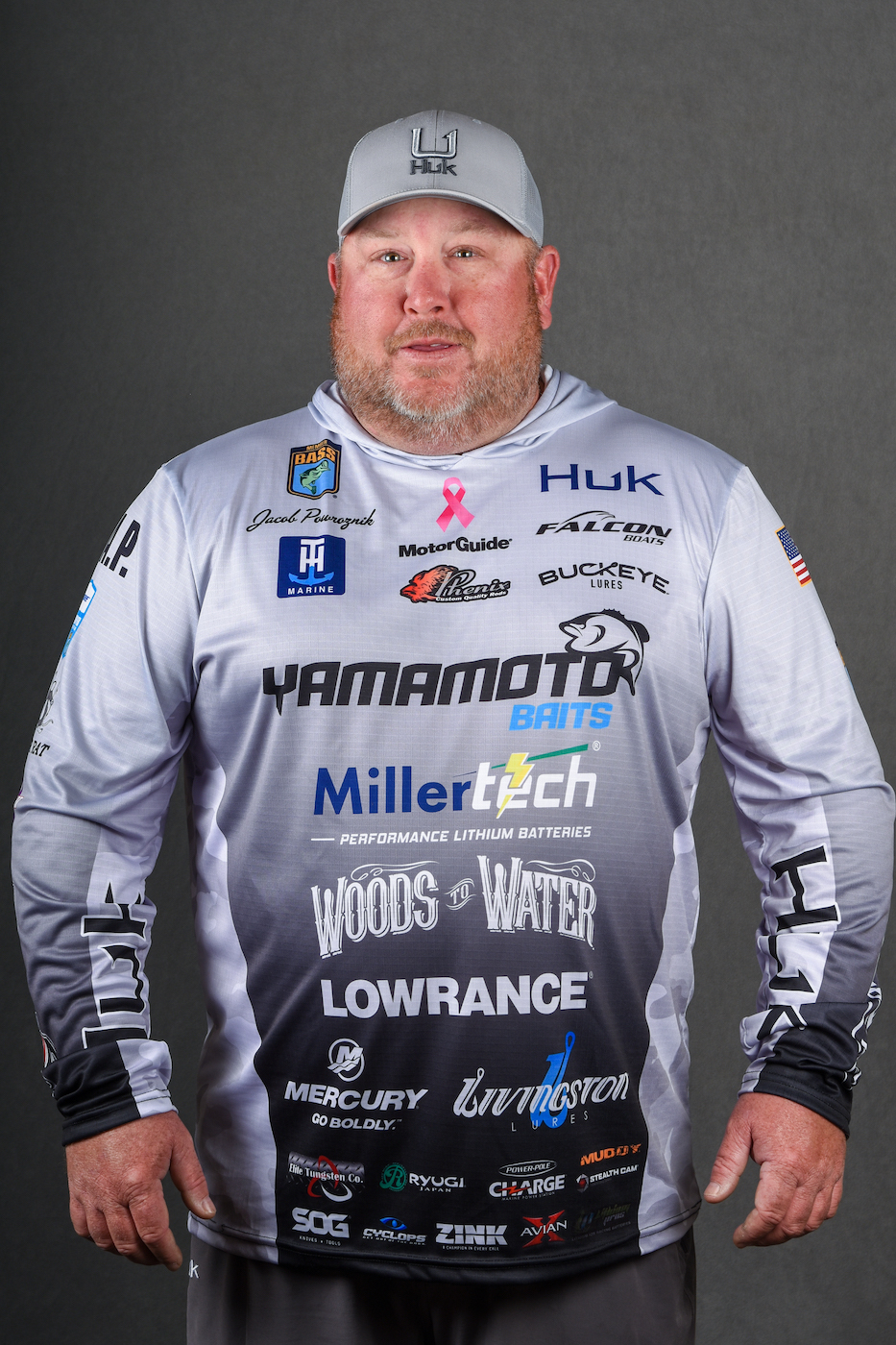
There’s a pond in Prince George County, Virginia, that almost cost me my high school diploma. It doesn’t even have a name, but it darn near kept me from graduating from high school. I’m not mad at that pond, though, because it also taught me how to sight fish. Let me tell you the story.
When I was about 12, maybe 13-years-old, my dad David joined a hunting club near our home in Port Haywood, Va. Being a hunting-crazy kid, I thought that club was pretty awesome, but the part that really suckered me was the big gravel-pit pond they built on club grounds.
I don’t know how big that pond was, or even how deep it was, but I’ll put it this way: When they were graveling that pond, they drove a 100-foot crane down into the bottom of it, and you couldn’t see the crane. It was DEEP deep.
And it was gin clear. You could stand on the bank of that pond and see down as deep as your eyes could see. As far as I know, nobody from the club purposely planted bass in that pond, but they got in there somehow and just exploded.
When spawning season came, you could see fish everywhere from 2 feet on down to as deep as a largemouth wanted to build a bed. It’s a sight fisherman’s dream. I’d go over to that pond and spend all day looking at fish – when I was old enough to get my learner’s permit, I’d tow my little 10-foot Jon boat over there with my mom, she’d drop me off and then pick me up at the end of the day. When I got my driver’s license, I’d go spend all day there.
So many days that, if I missed just one more day of school my senior year, I wouldn’t have graduated.
But the things that pond taught me about a spawning fish’s behavior are still the foundation of every sight-fishing tournament I ever fish. I took what I learned there, tried them on Lake Gaston on the Virginia/North Carolina border – which is also clear and the fish spawn like crazy – and then across the country when I started fishing bigger tournaments.
What the pond taught me
Before I even start talking about the things I learned in that pond, I want you to remember one thing: You can’t fully understand what I tell you until you go spend that time on the water yourself. I can talk all day in a seminar about sight fishing, but until you put your time in actually looking at fish on your own, it’s impossible to understand them.
The first thing to remember is probably the most important: Every fish you fish for on a bed is different. Some are “one-casters,” some you can spend 2 or 3 hours on and they still won’t bite. Having said that, you can kinda read if a fish is catchable by watching their behavior on the bed.
For example, if you pull up to a bed and there’s just one fish on it, they’re usually pretty easy to catch. If you have a fish that swims off the bed and takes 2 or 3 minutes to come back, it’s going to take a while to get that fish fired up.
If there are two fish on a bed, they won’t be all that territorial if the female hasn’t laid her eggs yet. If you pull up and they’re rubbing around, they’re probably not going to be very aggressive because they have nothing to guard. But if the female has laid her eggs, she’s going to guard them pretty fiercely. When that female leaves, the buck guards the nest. It’s just a simple process of nature.
The best advice I can give you is to try different things. Pay attention to the direction the fish is facing, and how they respond to a bait when it comes into the bedding area from different directions. I might be able to tell you 100 things that have worked for me in lakes from Toledo Bend to Florida, but you’ll connect the dots better if you try a whole bunch of things that don’t work, and then suddenly figure something out what causes that particular bedding fish to bite.
We’re down here in Florida on the St. Johns River this week, and we’ll find fish in all three stages of spawn. We won’t be able to see some of those fish, but I know darn well we’ll be looking at plenty of big ones. Anytime you get to Florida and get to fish for the size of fish that are in this system, it’s really exciting.
And I like my chances.
Nope, I’m not mad at that little pond in Prince George County, Va., not one bit.

